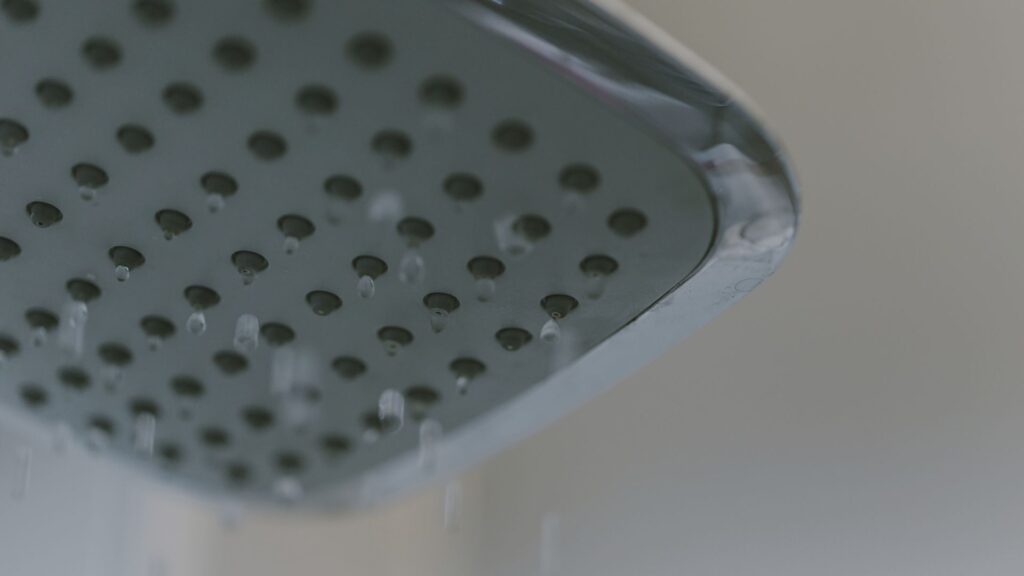Common Causes of Low Water Pressure and How to Fix Them: A Friendly Guide

We’ve all been there – you turn on the shower, expecting a refreshing blast of water, and instead, it’s more like a disappointing drizzle. Low water pressure can be a major inconvenience, but the good news is, it’s often something you can fix yourself! Let’s dive into some common culprits behind low water pressure and how to get things flowing smoothly again.
1. The Clogged Aerator Culprit
The aerators on your faucets and showerheads are those little mesh screens that help mix air with the water, creating a smoother flow. Over time, they can get clogged with mineral deposits and debris, restricting water flow.
The Fix: It’s Easier Than You Think!
- Unscrew the aerator from the faucet or showerhead.
- Soak it in vinegar for a few hours to dissolve any buildup.
- Use a small brush or toothpick to gently remove any remaining debris.
- Rinse it thoroughly and screw it back on. You’ll be amazed at the difference this simple fix can make!
2. The Pressure Regulator Problem
Your home’s water pressure regulator is like a gatekeeper, controlling the amount of water pressure coming into your house. If it’s set too low or malfunctioning, it can cause low water pressure throughout your home.
The Fix: Know Your Limits!
- Locate your pressure regulator (usually near the main water shut-off valve).
- Check the pressure gauge to see the current setting. The ideal range is typically between 40 and 60 psi.
- Caution: Adjusting the pressure regulator can be tricky. If you’re not comfortable doing it yourself, it’s best to call a plumber.
3. The Leaky Pipe Predicament
A leak in your plumbing system can significantly reduce water pressure. Even a small leak can waste a surprising amount of water.
The Fix: Time to Investigate!
- Check under sinks, behind toilets, and in basements or crawl spaces for any signs of leaks.
- Look for water stains, dampness, or mold growth.
- Call in the Pros: If you find a leak, it’s usually best to call a plumber to fix it. Leaky pipes can cause serious damage if left unattended.
4. The Closed Valve Conundrum
Sometimes, low water pressure can be as simple as a closed valve. It’s possible that a valve somewhere in your plumbing system was accidentally or partially closed.
The Fix: A Quick Check!
- Check the valves near your water heater, under sinks, and any other accessible valves in your home.
- Make sure they are fully open.
5. The Municipal Main Issue
If your neighbors are also experiencing low water pressure, the problem could be with the municipal water supply.
The Fix: Stay Informed!
- Check with your local water utility to see if there are any known issues or maintenance work being done.
When to Call a Professional:
While many low water pressure issues can be fixed with DIY solutions, there are times when it’s best to call in a plumber:
- If you’re not comfortable working with plumbing.
- If you suspect a major leak or problem with your main water line.
- If the problem persists even after trying the DIY fixes.
Remember, a plumber has the expertise and tools to diagnose and fix complex plumbing issues safely and efficiently.
Don’t let low water pressure dampen your spirits! With a little troubleshooting, you can get your water flowing freely again in no time.

